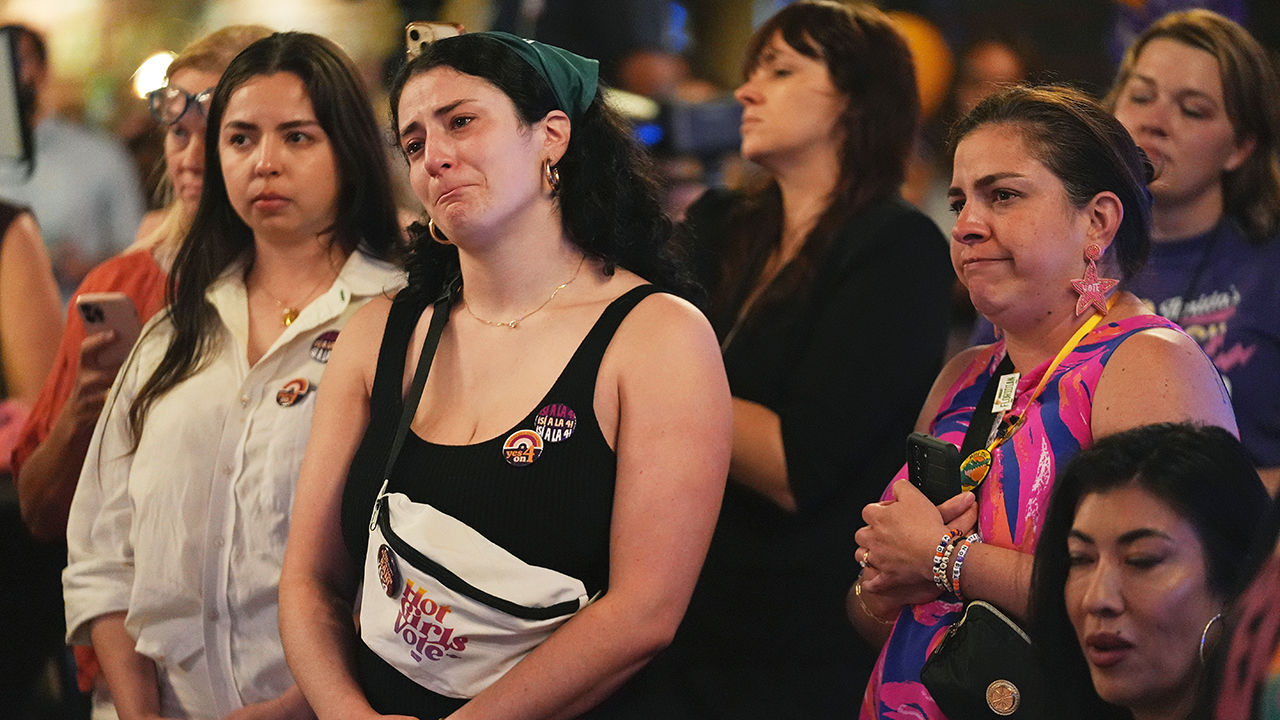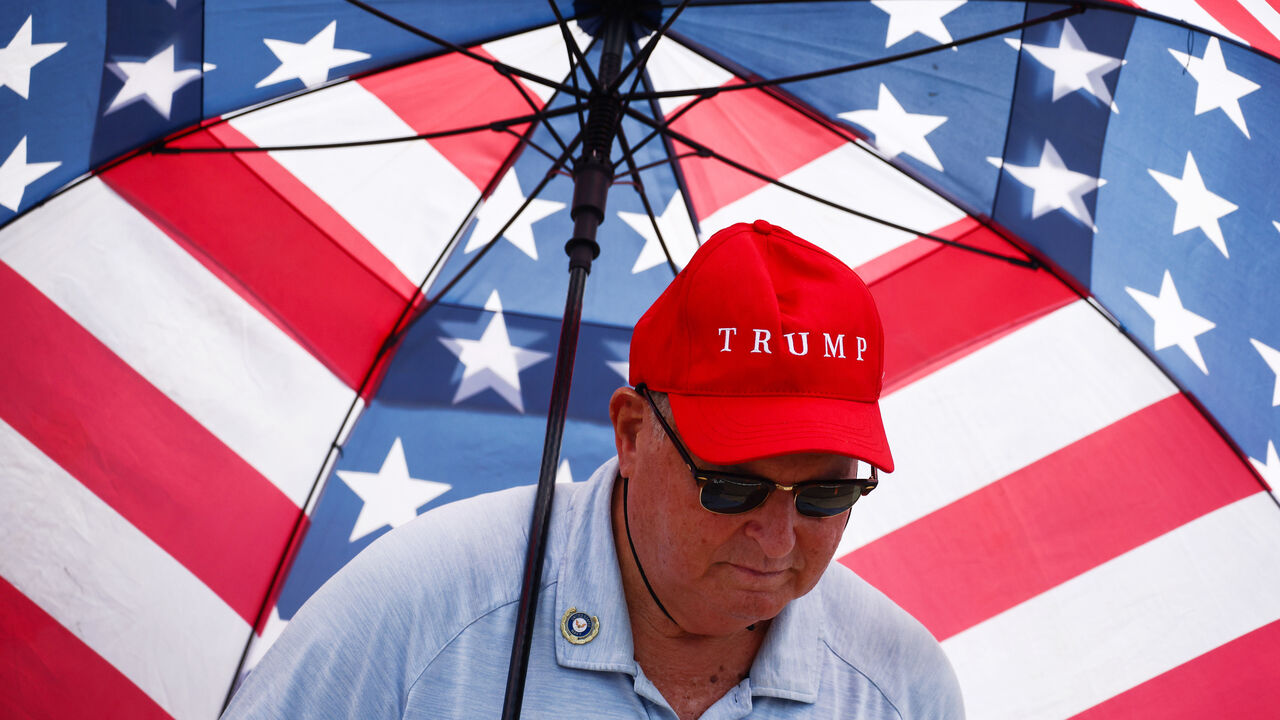WIPING AWAY tears, Lauren Brenzel, who led Florida’s campaign to enshrine a constitutional right to an abortion, claimed one victory: “A majority of Floridians…just voted to end Florida’s abortion ban.” Though 57% of Floridians supported the amendment, it fell short of the 60% threshold required in the state. Florida’s current law banning abortion after the sixth week of pregnancy, with limited exceptions, will stand. The proposed amendment would have made abortion accessible until about 24 weeks from conception. The loss will affect 4m women in Florida and millions more across America’s south-east, where the procedure is highly restricted.
Nine other states voted on abortion measures on November 5th. South Dakotans rejected even a limited loosening of their strict ban. Nebraskans enshrined a 12-week ban into their constitution. Some states voted the other way: a slim majority of Missourians threw out the state’s complete prohibition. In Arizona, Montana and Nevada amendments passed easily. At an election-night party in Phoenix, Laura Dent, campaign manager of the pro-abortion-rights side, lamented the fragmented policy landscape that resulted in victory in Arizona and defeat in Florida. The failures mark the first times abortion-rights supporters have lost a state ballot campaign since the Supreme Court overturned a national right to the procedure in 2022.
Abortion amendments were among the most prominent of nearly 150 initiatives on America’s ballots on November 5th. Such measures allow voters to decide their own policies on everything from criminal justice to climate policy. About $1.2bn was spent campaigning for and against them. Some states have yet to finish counting votes. Abortion aside, the results so far suggest that Americans were aligned on several issues. For the most part, voters repudiated ranked-choice voting (RCV), barred non-citizens from voting and strengthened criminal penalties.
Seven states and Washington, DC, voted on whether to adopt RCV or open primaries, in which all candidates are listed on one ballot regardless of party affiliation. Campaigners hoped such constitutional amendments could help boost moderate candidates over more extreme ones, despite emerging evidence that RCV’s effects on partisanship are minimal. The nation’s capital was the only place that chose to adopt such a system, while Missourians voted to pre-emptively reject the practice. At the time of writing, a measure to repeal Alaska’s relatively new RCV-and-open primaries combo was narrowly leading.
Each of the eight (Republican-leaning) states that weighed whether to bar non-citizens from voting endorsed the idea. These results are a political signal, not a policy change. Before the poll, Donald Trump and Republicans began to question the results of the election by arguing, incorrectly, that illegal immigrants were voting en masse. In reality, the practice is already unlawful except in very few local jurisdictions. A more consequential vote came from Ohioans, who decided not to create an independent redistricting commission for congressional and legislative races. It is the third time in a decade that voters there have tried and failed to stamp out rampant partisan gerrymandering.
Californians will be counting votes for some time, but a controversial measure to strengthen penalties for some thefts and drug crimes seems to have passed with widespread support. In Colorado voters opted to increase funding for police, deny bail for people facing first-degree murder charges and delay parole for violent offenders. These results are part of a broader shift away from milder criminal-justice policies in Democratic states. Arizonans voted to allow police to arrest people for crossing the border illegally. The measure was modelled on a similar law in Texas which is tied up in the courts.
All these votes together offer a mishmash of policies in states that can differ greatly from one another. But the results still provide lessons. The biggest? Americans fed up with what is happening in Washington should look to the states: that’s where a lot of the action is.■

 Accounting1 week ago
Accounting1 week ago
 Personal Finance1 week ago
Personal Finance1 week ago
 Accounting1 week ago
Accounting1 week ago
 Finance1 week ago
Finance1 week ago
 Economics1 week ago
Economics1 week ago
 Economics1 week ago
Economics1 week ago
 Economics1 week ago
Economics1 week ago
 Personal Finance1 week ago
Personal Finance1 week ago





















